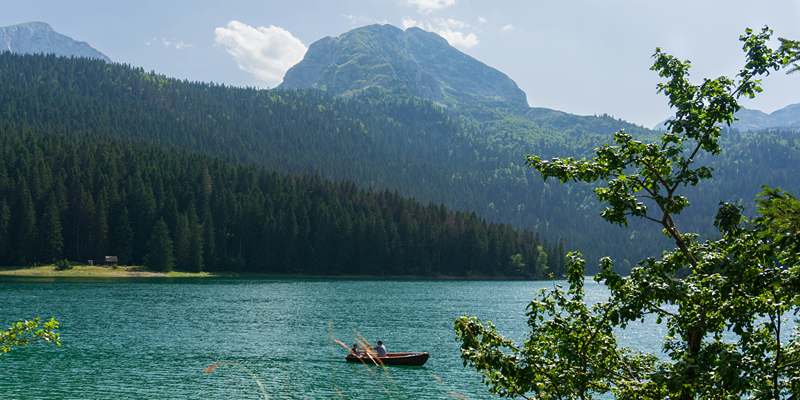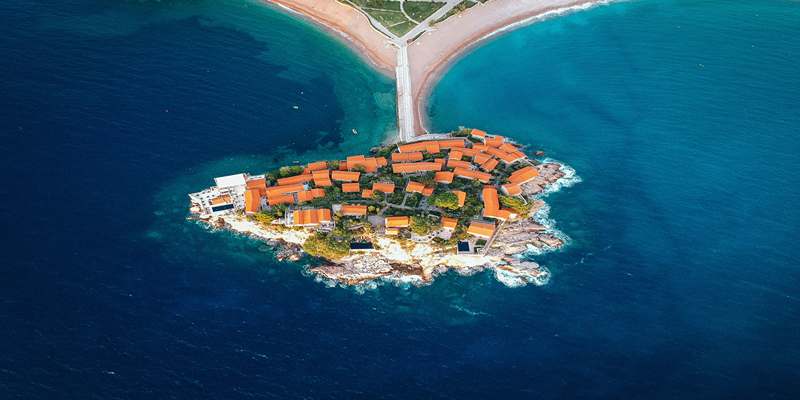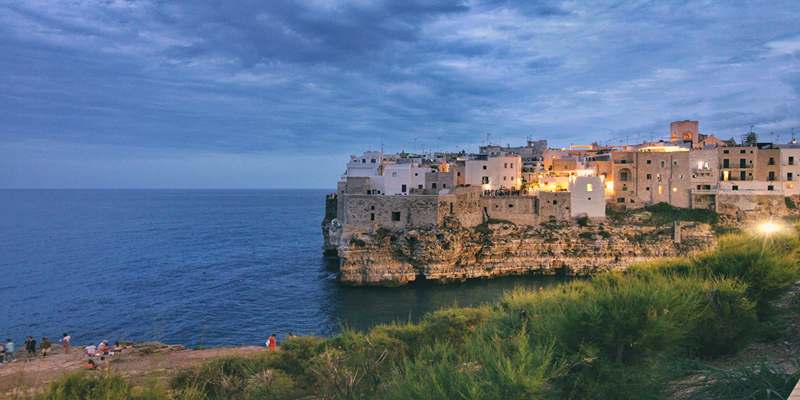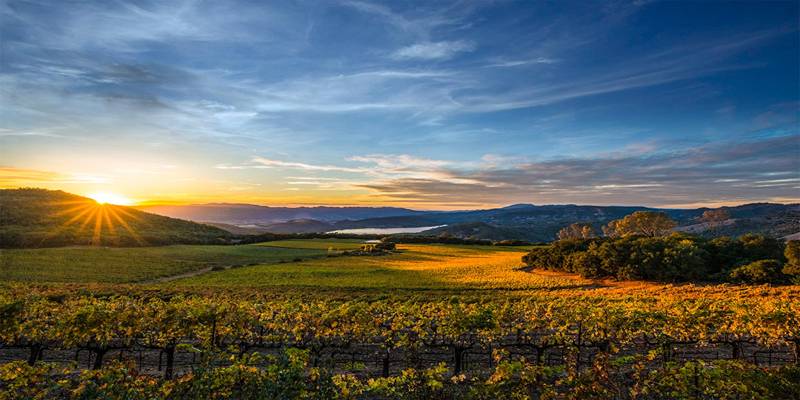Montenegro is one of the travel treasures of Europe that gets little praise, as it possesses mountains and coastlines along with rich history. This guide is for the first-time visitor to Montenegro in order to arrive with some knowledge of the facts. Whether you want to know how to get around, how to get there, where to stay, learn about local culture, and what to see, you have it all in your Montenegro travel guide. Having a name for its stunning outlook and approximate hospitality, Montenegro opens the doors to gentle sea towns and serrated national parks. These are the basics regardless of the reason you are travelling: nature, history, or understanding the culture. Read below and learn all that you need to know before you come so your trip is as comfy as it gets.

Planning Your Trip to Montenegro
Best Time to Visit Montenegro
The coast of Montenegro has a Mediterranean climate, and the inland has continental weather. This is popular in summer (June to August) with blue skies and warm seas in the Adriatic. The best months to visit are spring (April/May) and autumn (September/October), when the hordes of tourists do not rule supreme. Skiing is also ideal during winter when there is snow in mountainous regions such as Durmitor. Shoulder seasons are a good deal with pleasant weather, in case you are aiming at sightseeing and comfortable traveling. It is quite possible to identify when to visit by taking into consideration the kind of experience you desire—beach relaxation or hiking exploits. This visiting Montenegro tip will enable you to find the right time that suits your interests.
Entry Requirements and Visa Info
The majority of European, North American, and numerous other tourists are allowed to enter Montenegro visa-free and stay there up to 90 days. Nevertheless, official sources should always be checked before booking the latest visa policies. You will require a valid passport, and some points in the borders will demand evidence of accommodation or further travel. When entering the country, immigration processes can be more comprehensive, in case one arrives in Hong Kong as a non-EU citizen. And there is also travel insurance to take care of any medical or trip interruption. It is not usually hard to enter; preparation helps to add confidence. This Montenegro guide is your answer to a worry-free beginning to the travel.
Understanding Local Transportation
Getting Around Cities and Towns
There exists a very scantily provided public transportation in Montenegro, mostly in major cities and by the seaside towns. Bus is the primary means of transport between destinations, such as Kotor, Budva, and Podgorica. The best mode of transportation in smaller towns is usually walking, as this may be the most convenient and scenic. There are taxis to hire, though it is important to get to an agreement on the fare or ask to turn on the meter. Rideshare apps are not as popular. In learning ahead of time about the bus schedule and maps, this may make things easy for those visitors who have to stay in a single region. Moving around Montenegro could be challenging; however, with its basic preparation, it is possible.
Renting a Car or Using Public Transit
If your Montenegro itinerary includes remote villages or mountain regions, renting a car offers the most freedom. Roads are generally in good condition, though mountainous areas can involve narrow curves. Drivers must be at least 21 and have a valid international driver’s license. If you prefer not to drive, public buses serve most major towns, though frequency may be lower in rural areas. Trains are limited to a few routes. Knowing your route in advance helps you choose between convenience and cost. This Montenegro travel guide recommends a car for off-the-path travel, while buses suit budget-friendly coastal visits.

Where to Stay for Your First Trip
Popular Destinations and Accommodations
First-time visitors should consider staying in areas that offer a mix of convenience and charm. Kotor, a UNESCO-listed old town, is ideal for culture lovers. Budva is more modern and offers beach access. Podgorica, the capital, is less touristy but centrally located for regional access. For a quieter setting, Perast or Herceg Novi offer historic ambiance. Accommodations range from small guesthouses and apartments to family-run hotels. Booking in advance is wise, especially in peak months. If it’s your first time in Montenegro, staying in central, well-connected towns simplifies transport and enhances the experience.
Budget vs. Luxury Options
Montenegro offers travel experiences for a wide range of budgets. Budget travelers will find plenty of hostels, local apartments, and mid-range hotels at reasonable prices, particularly outside major tourist areas. For those seeking luxury, coastal resorts near Sveti Stefan and boutique hotels in Kotor provide top-tier experiences. Many accommodations include breakfast, and you can find great value in family-run establishments. When planning your first time in Montenegro, your budget can go far with local insight.
Cultural Tips and Local Etiquette
Customs, Language, and Local Interactions
Montenegrins are known for their hospitality and friendliness. A basic greeting in the local language, such as “Zdravo” (Hello), is appreciated. While many in the tourism industry speak English, especially the younger generation, learning a few local phrases enhances your connection with people. Dress modestly when visiting churches or historical sites, and always ask before taking photos of locals. Respecting customs, such as standing for the national anthem or not interrupting during religious observances, is important.
Money Matters and Tipping Practices
Montenegro uses the Euro (EUR) as its official currency. Credit cards are accepted in larger establishments, but cash is still preferred in rural areas, small shops, and markets. ATMs are widely available in towns and cities. Tipping is not mandatory but appreciated—around 5–10% in restaurants or by rounding up fares for drivers. It’s courteous to offer a small tip for hotel staff or guides. Understanding local money habits is one of the most practical visiting Montenegro tips.
Conclusion
Montenegro rewards first-time visitors with unforgettable scenery, welcoming communities, and rich cultural experiences. With the tips from this Montenegro travel guide, you can confidently navigate your trip—from transportation and lodging to customs and must-see sites. Whether hiking national parks or walking through coastal towns, your first time in Montenegro will be full of discovery and charm. This small yet diverse country proves that great adventures come in compact packages. By preparing well and traveling respectfully, your journey through Montenegro will be smooth, meaningful, and full of stories worth sharing for years.












